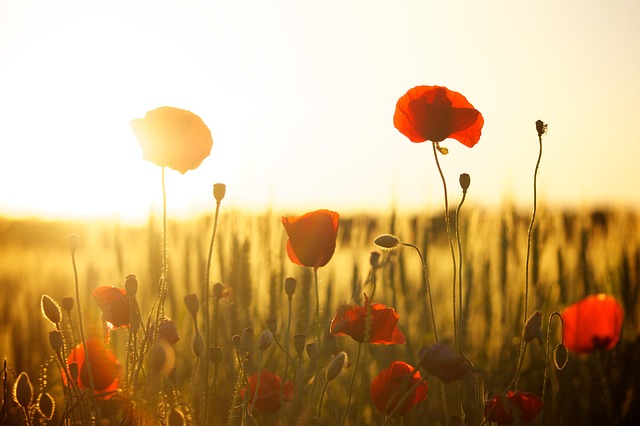While many consider September 1 to be the first day of spring, today marks the first day of astronomical spring. Known as the vernal equinox – which is the name of spring equinox in the Southern Hemisphere – today means that the night and day will be of similar lengths.
In the Northern Hemisphere, today marks the beginning of the fall (or autumn equinox).
The equinox will stretch from September 22-24.
Five facts about the vernal equinox:
– On the date of an equinox, daytime and nighttime have similar — but not quite equal — lengths. This has everything to do with the way our planet moves. Earth’s axis is tilted at a 23.5-degree angle relative to the plane of its orbit around the sun.
– The vernal equinox happens the moment the sun crosses the celestial equator, which is an imaginary line in the sky that corresponds to Earth’s equator. Every year this occurs on September 22, 23, or 24 in the Southern Hemisphere.
– Because it takes the Earth around 365.25 days to orbit the Sun – and we have a leap year every 4 years – the precise time of the equinoxes varies from year to year, usually happening around six hours later on successive years. On leap years, the date jumps back an entire day.
– “Equinox” comes from the Latin words “equi” meaning “equal” and “nox” meaning “night.” This implies that there will be equal amounts of daylight and darkness, however such is not precisely the case.
-So is there any truth to the popular legend that you can balance an egg on its tip during a vernal equinox? No – it’s possible to balance eggs on end on any day of the year. It just takes a lot of patience and determination. There’s nothing magical about the vernal equinox that makes it any easier to balance an egg on end.
Picture: Pixabay

